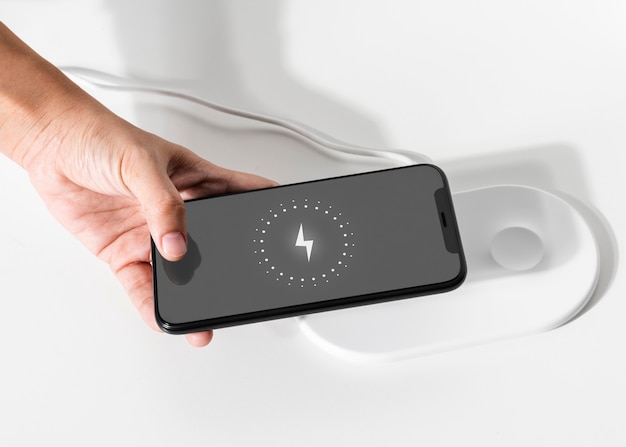
Charging remains one of the biggest challenges for widespread EV adoption. The public charging infrastructure isn’t extensive enough to give drivers confidence, and even the fastest chargers require longer stops compared to refueling a gasoline car. However, the State of Michigan and the Israeli startup Electreon aim to show that EVs can charge as they drive.
The Michigan Department of Transportation is showcasing in-road wireless charging technology from Electreon on a quarter-mile stretch of 14th Street in Detroit. This is being promoted as the first such roadway in the U.S.
Dynamic wireless charging works similarly to the stationary inductive wireless charging systems provided by some third-party companies. Instead of using a cable to connect to an EV’s charge port, inductive wireless charging transmits electricity from coils in the ground to a receiver on the underside of the vehicle through a magnetic field.
In this case, copper coils are embedded in the road surface. These coils only activate when a vehicle with a receiver drives or parks over them and are connected to a grid power source. Vehicles can then continuously charge as they drive, although the exact amount of charge they get from this short road is not clear.
The Michigan Department of Transportation plans to add more segments of electrified road, including a part of Detroit’s busy Michigan Avenue. Electreon has also tested its technology with buses in Israel and trucks in Sweden. In 2023, it announced a collaboration with Toyota and supplier Denso to develop wireless charging for Toyota’s EVs and plug-in hybrids.
This technology has several potential benefits. It could significantly reduce the need to stop for charging, addressing current issues with charging infrastructure. EVs using electrified roads could also have smaller battery packs, which would lower costs, reduce weight, and decrease the need for raw materials in batteries.
However, there are major downsides. The cost and complexity of outfitting roads with this charging hardware are significant, and maintaining it could be challenging. Road maintenance is already difficult in many parts of the U.S., without adding embedded copper coils and wiring. Additionally, automakers will need to equip cars with the necessary hardware to use in-road charging, requiring coordination and investment. While conventional charging isn’t perfect, it is simpler than the in-road charging solution.